After several phone conversations with Euneika Rogers-Sipp about her work in the Black Belt, I felt increasingly compelled to head down to Alabama to meet her in person and get a taste of her world. Two weeks before press deadline, I jumped in the car with two friends (one being the exquisite photographer, Drew Shonka,) and drove the 17 hours from Viroqua, Wisconsin to Montgomery, Alabama. Though our time there was short, the experience was humbling, eye-opening and well worth the effort. If nothing else, I realized that as a left-leaning, white, northerner, it has been easy for me to make assumptions about the deep south, all the while giving it little thoughtful attention. The time spent with Euneika and her friends in Montgomery, Selma, Gees Bend, and Camden Alabama was a welcome wake up call to the steady work that continues to be done, quietly, resolutely, often in the margins and often without great fanfare. It is the real work that generates real, small, towns —an unyielding commitment to people and place.
All the beautiful photographs in this essay were taken by Drew Shonka during our trip to Alabama. They capture many different aspects of Euneika’s work as she facilitates healthy social, economic cultural and agricultural ecosystems throughout the Black Belt South.
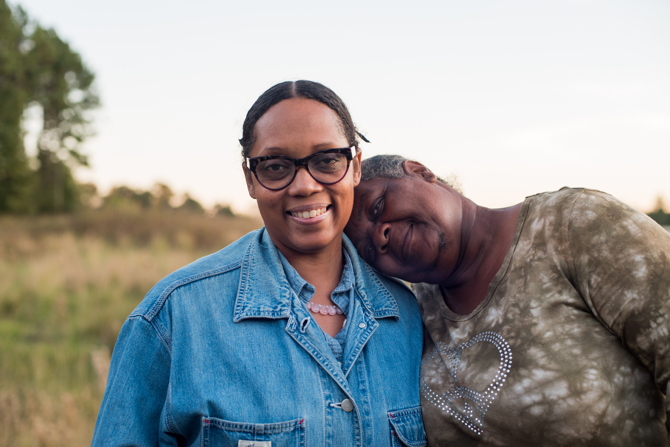
Euneika Rogers-Sipp and her friend, Mary Margaret Pettway of Gees Bend, AL
“From the bottom will the genius come that makes our ability to live with each other possible. I believe that with all my heart.” —Junot Diaz
Euneika Rogers-Sipp believes in the impossible. After years of working with marginalized communities in the Black Belt region of the South, she has faith in what can happen. “It’s all in the narrative,” she says. “What becomes possible depends on the story you tell.” The story she’s telling is about a fair and equitable world, about the fulfillment of a promise.
When Martin Luther King stirred the nation with his I Have a Dream speech in 1963, Euneika had not yet been born. She came into the world five years later, the same year the civil rights leader died, the year it fell into the hands of others to carry on the dream. Now, Euneika is one of many African Americans who are working for real solutions to the deep-rooted injustices in the South. She sees herself as a facilitator, sharing in the work of empowering farmers and families to transform their story, to live into the promise of their birthright.
Euneika’s own story, of how she went from designing fashion to working with others to design communities, is a story of deep listening, imagination, and resolve. It is a story about taking care, about land, and ultimately about freedom and coming home. It’s a story about holding tight to a vision—for the simple reason that there is nothing in the world that matters more.
Growing up in the textile mill town of Reidsville, North Carolina, with her mother and grandparents in the 1970s, Euneika’s prospects were limited. Like her mother and ancestors before her, she was born into marginalized socioeconomic circumstances. The family’s roots go back to a group of slaves from Antigua, but even after the abolishment of slavery, many young black men (including Euneika’s uncle) were forced to take jobs as tenant farmers. The need to make an income superseded the need for an education, dashing any hope they had of going to school.
Despite these challenging circumstances, Euneika’s mother was determined to create more for herself and her daughter; so early on, she made a promise to herself that she would find a way. It was her determination that enabled Euneika to become the first in her family to go to college.
Euneika’s hometown sits on the northern edge of the Black Belt, a region once known for its soil, so dark and rich it could grow anything. What happened to the land is a story in itself, one that mirrors that of the African American people who made it prosper through their forced labor. Though they could never fully benefit from the wealth it gave, and though they, like the land, suffered through abuse and lack of care, their narrative—both past and future—is tied to the land. The restoration of one is linked to that of the other.
As a child, Euneika spent endless hours in nature, playing in and under trees, digging in the red clay beneath her feet. She looked at everything with a curious eye, fascinated by the tiny creatures that crawled and flitted in the fields and woods. She held the caterpillars in her hand to study the stripes on their backs, took her time to let the pattern on a butterfly’s wings imprint upon her mind. She got up close to see the color on a beetle’s back, the design of a spider’s web, or how the cricket rubbed its wings to sing. She watched how light changed with the passing of time, and how the changing light changed everything else—the landscape, the mood, the places where her eye was drawn. She learned what she liked to look at, and what made her heart sing— patterns, symmetry, color, and rhythm. The details of the natural world were like riches to Euneika; she reveled in the surprise of it all.
At times it seemed that she had roots winding deep into the earth, and that her roots knew something about herself she’d not yet been told—as if they too carried a rhythm, a song she strained to hear. She believed that, whatever it was, it would find its way up. Just as the roots of trees sent water to the furthest branches and leaves, so too would this knowing find its way to her thoughts. From the silence of an interior landscape, Euneika watched and listened.
She watched her grandmother, and learned both the weight and refuge of silence. She studied the deliberate care her grandmother brought to all her tasks and to her loving: from making pickles and canning peaches, to washing and cooking, baking and mending, to the precise weight of her words, which she seemed to measure before she spoke.
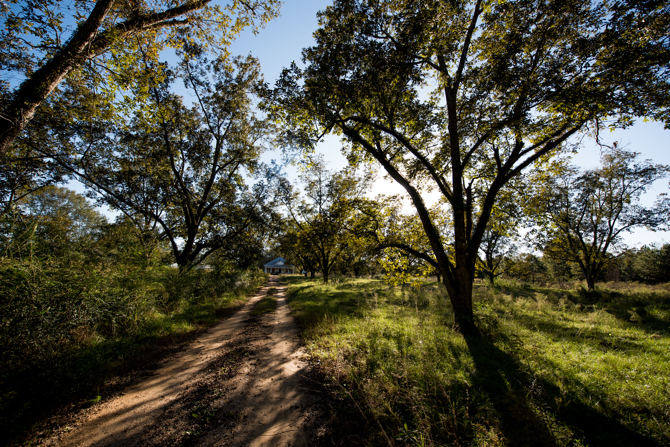
She watched her brilliant mother, trying to get a decent job, and listened to the conversations going back and forth as her grandmother urged Euneika’s mother to take a job at the local mill. It paid well, she reasoned, it was a good job. But they all knew there was something larger at stake, about family, and about staying together. Euneika’s grandmother could hardly bear to see her daughter go, but Euneika’s mother wanted more than their little town could offer.
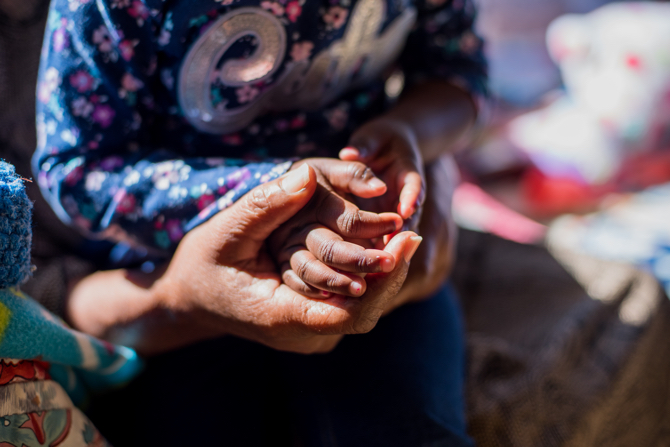
When her mother took a job in Atlanta, Euneika left the world of her childhood and her grandmother behind. Her new home swept her up into a whirl of big-city attitudes, ideas and people. Her friends at her new high school noticed her style of dressing. “You should be a model,” they said. Her teachers saw she had a talent for drawing. “You should be an artist or a fashion designer,” they told her.
Euneika was curious. She hadn’t known there was such a thing as fashion design. But the more she learned, the more excited she became. She could go to France, study to be a couturier, design fancy gowns. A door swung open, and as she looked out at all the possibilities stretching before her, she knew, just as her mother had once known, that she would have to go.
After graduating from high school, on scholarship to London’s Intercontinental University, Euneika traveled to England and threw herself into the study of fashion design. The more she learned, the more her dream of going to France seemed within reach.
She tried to explain it to her grandmother, who listened silently.
“I’m going to Paris. I’ll make fine gowns that sell for thirty to sixty thousand dollars apiece. You can come visit me!”
But her grandmother’s response took her by surprise.
“Baby,” she said, after a pause, “I can’t afford a thirty-thousand-dollar gown.”
And that was when Euneika knew that whatever the story of her life was to become, it would always be influenced, in part, by her grandmother’s care, by her mother’s yearning, and by the story of her ancestors. All these things, she realized, would forever be part of the larger design of her life. Stunned into her own silence, she was forced to ask herself the question: Who would I be making these expensive gowns for?
The question tugged at her brain as her course work began to reveal some of the hidden costs of a career in fashion design—costs to her values, her spirit, and the larger intent of her life. As the story of human justice was weaving its way increasingly into her consciousness, Euneika became more and more convinced that she had a part to play in that story.
“If you have principles of care for people and things, it’s hard to find satisfaction in the fashion industry. There’s no real connection between the environment and the labor force of production. By the time the clothing makes it to the consumer, it has gone through so much processing; there isn’t room for care. You have to move things through so quickly in order to meet demands, that your ability to hear and listen is compromised. There’s no room for it.”
Euneika’s a-ha moment came during her second year of design school, when a class on manufacturing and pricing drove home some hard realities. She realized the extent to which clothing manufacturing was based on cheap labor.
“I began to understand the depth of the fashion and apparel industry,” she says, “how it degraded and exploited people. I knew early on that I didn’t want to be a part of that.”
The decision to not participate in the exploitation was liberating for Euneika. She knew, without any hesitation, it was the right decision. She didn’t know what her next move should be, but she felt sure there was a better way.
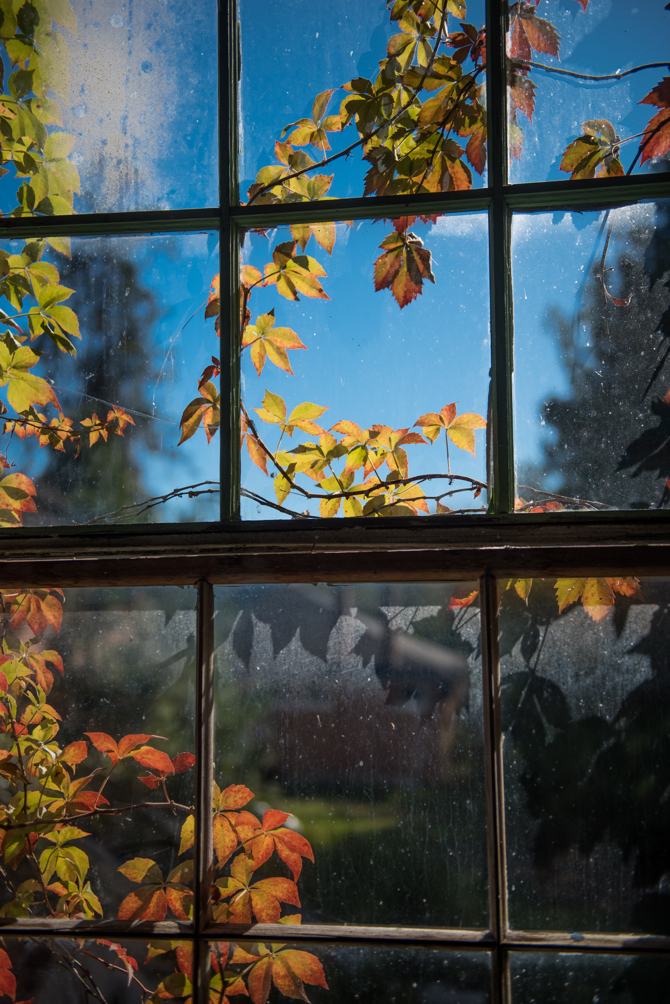
She turned her attention towards the making of environmentally conscious clothing with recyclable materials. Here she became a pioneer in the fashion industry and found a place where she did not have to compromise herself, where she could feel like she was making a difference. She got involved with artists and people in the music industry, and formed a model for apparel activism.
In 1993, with her degree in fashion design under her belt, Euneika returned to Atlanta. Building on the work she’d done in London, she opened a business, CARE-WEAR, using recycled materials to make fashionable clothing. Later, she started a non-profit business, Refashion Network, and created a series of conceptual art projects. One of these, Waste Not Want Not, connected hundreds of design students across the country to form a sustainable supply chain, turning textile waste into custom apparel for hip-hop artists, celebrities, and the general public.
Over time, Euneika’s businesses and programs began attracting attention. She was invited to speak at conferences and sit on panels with leaders in the field of sustainable development. In 2001, while presenting at the Bioneers conference, she heard J. L. Chestnut, a noted civil rights attorney from Alabama, speak about the Black Farmers Lawsuit of 1999 and the extent of black land loss in the South, she was both sobered and deeply stirred. Just as profound was the impact of meeting Dr. Robert Bullard, father of the Environmental Justice movement, and reading his book, Dumping in Dixie, about industrial pollution and injustice in black southern communities.
“These were people I looked up to and who influenced my thinking,” Euneika says. “They asked me: ‘As an African American from the Black Belt South, how are you going to help poor people? As a black person, what community are you standing up for?’ ”
Euneika’s answers led only to more questions; she couldn’t stop wrestling with them.
“I was 33 years old, and it suddenly seemed like I was getting a lot of attention for something that felt frivolous compared to the deep and important work Bullard was writing about and challenging me to take up. I felt like what I’d been doing was a bit superficial—even though the pieces I created spoke to apparel industry abuses. So I decided to take a break and give myself some room to re-evaluate. I wanted to go deeper.”
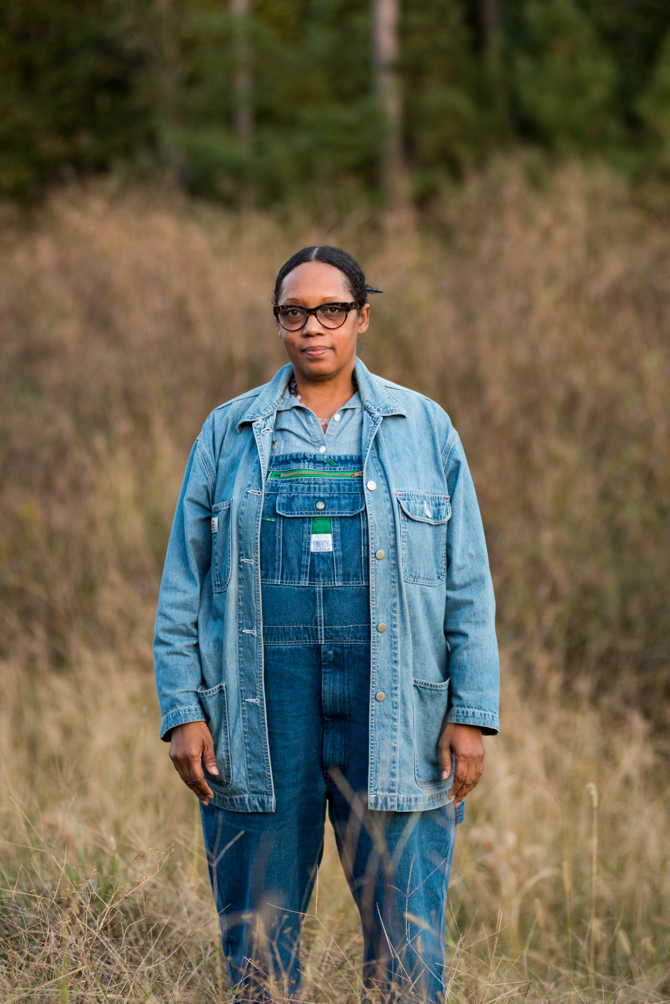
The journey from designing fashion to designing regenerative rural communities took many years, but it taught Euneika the things she needed to know—about her family values and what mattered most to her community, about the history of her people and that of the land, about a more conscious design. She began to see that what she had been designing was much more than clothes. From her childhood play to the questions put to her along the way, to the pull she now felt to be part of a greater cause, Euneika had been designing a life. Whatever she chose now, whatever place she focused her attention next, would add to her personal narrative in a definitive way. What did she want the design of her life to be? She listened for the voice from her roots. It was calling her home.
This turning point for Euneika took her back to the Black Belt region, right into the heart of environmental racism and black land loss. And though she’d always felt her work was related to agriculture, now agriculture was to become a focal point for how to sink deep into her own historical roots and that of the land, to understand the inbred injustices that Bullard and other African American scholars were defining as structural racism.
Euneika’s degree in fashion design was not going to help her address the entrenched problems of persistent poverty and structural racism. So in 2009, she enrolled at Antioch University, and began to pursue an individualized master’s degree (IMA) degree in sustainable rural economic development. This unique self-directed program allowed her to work in her community firsthand, without leaving home once again.
Her first fieldwork project took her to a 40-acre farm in the poorest part of Alabama, Wilcox County, a place that proved to be deeply consequential to her work and her life. Run by a retired preschool teacher, Ms. Ellen Byrd, the farm served as a safe place for black children to learn about their history, themselves, the land, and life. Ms. Byrd was convinced that, in their relationship to the natural environment, children could learn just about everything they needed to know about how to live.
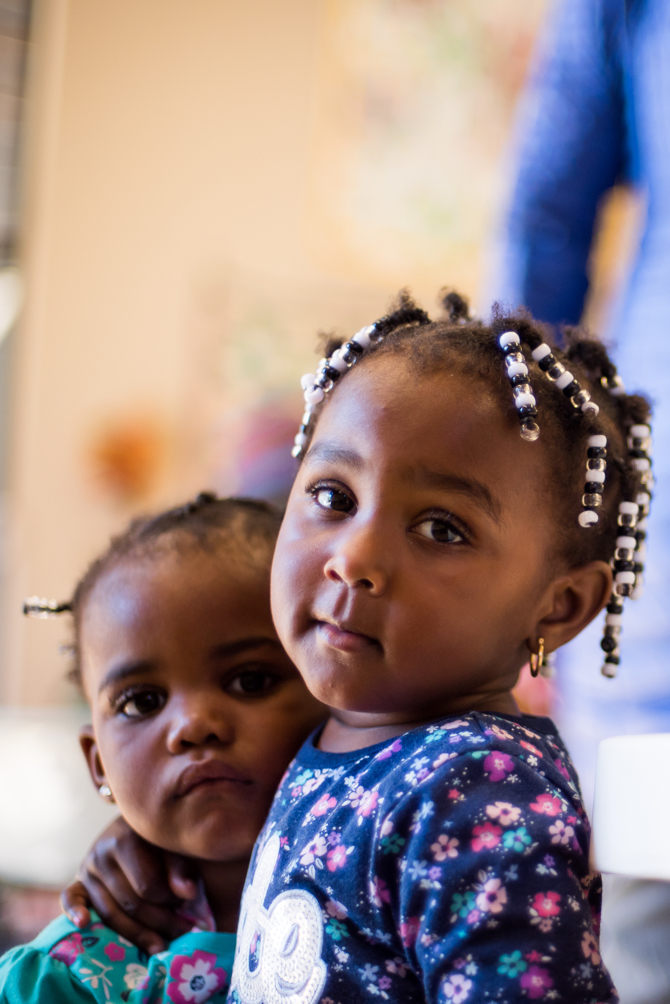
Ms. Byrd saw her 40-acre property as a tribute to the lives of the black freedmen and General William Sherman’s 1865 order promising “forty acres and a mule” to each of the newly freed slave families. She hoped that by teaching the children about the lives of the black freedmen she could give them a sense of empowerment and expectation about their futures.
For Euneika, the Black Freedmen’s Living Historical Farm for Children became a place where she could incorporate the farming methods of the black freedmen into her sustainable design practice. When Ms. Byrd asked her to help expand the programming at the farm, Euneika set about turning it into a productive agricultural endeavor. She would show the children what it meant to work and care for the land in the way the freedmen did. She would farm it with them and let them see for themselves what abundance it could yield.
“The life of the freedmen and the Freedmen’s Bureau represents an incredible time in our history,” Euneika says, “when our people were right in the center of their newfound freedom and were applying their collective skills and knowledge to creating a place that worked for them.”
Now, over a century later—long after General Sherman’s order was reversed and the land that had been given in reparation to the freed slaves was taken away again—Euneika was determined to return to the spirit and resilience of those times. Even though African American communities in the South remained marginalized by the fragmentation of Jim Crowism and environmental injustices, Euneika looked for and found inspiration in the stories of those men and women who were emancipated in 1865.
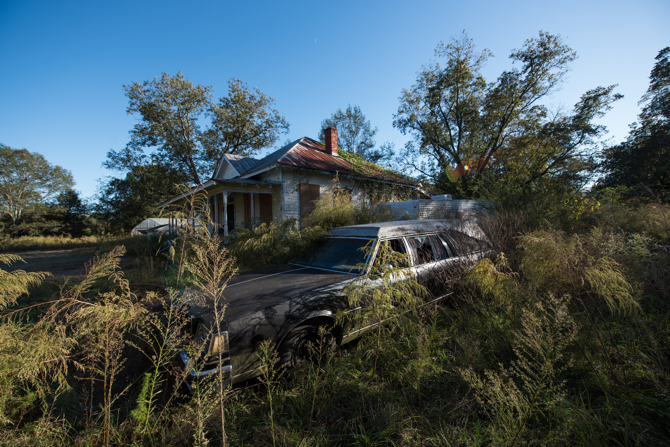
“The black freedmen’s story was so strong for me,” she says. “It was about living fully into the promise of freedom. I shared in Ms. Byrd’s vision—what she and the children shared—the sense of freedom, the ability to be in your own place, farm your own land, and not feel as though you have to run, hide, or apologize. To know that you could fully benefit from the land in the way God intended, in the way the universe provides.”
After leaving the farm, Euneika continued her graduate fieldwork, this time embarking on an extensive “deep listening” research project across the Black Belt states. Traveling by car, she wound her way through the lush beauty of the southern states, along winding rivers, beside fields of prairie wildflowers against an expansive sky, magnolia and camellia trees in full bloom, red azaleas, cool forest glades. The extraordinary landscape itself could shield the hidden truth— that years of soil erosion and failure to diversify, the boll weevil infestation, and the repressive era of Jim Crow had all combined to mire the Black Belt in a seemingly irreversible decline.
Euneika was eager to talk to the farmers she’d read about in her studies, to listen to their stories and learn from them directly. She believed that within the families’ histories on the land, she would discover keys to their local economies.
“I knew I would be deeply informed by this kind of participatory research process,” she says. “I knew this was the best way for me to learn what talents, intelligences, and innate possibilities lived within these rural communities.”
Interviewing over 500 farmers and families in Alabama, Georgia, Mississippi, Tennessee, and Louisiana, she encountered firsthand the stark reality Dr. Bullard had described. She visited towns where large corporations had chosen to build their power plants and toxic waste dumps; she saw farms and communities suffering the consequences of these operations while receiving none of the benefits, bearing the brunt of hazardous wastes and poisonous substances. In one county, the toxic waste dump had been placed less than 150 feet from a family home. For four decades, that family had been drinking well water that had been poisoned by a landfill. As one resident told her, “We were all sick, and the government seemed to be waiting for us to die.”
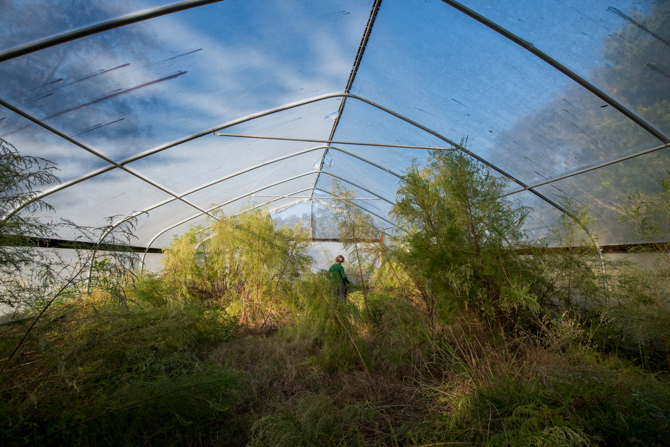
Working as a grassroots consultant with Heifer International and the Alabama Sustainable Agriculture Network, Euneika began to develop relationships with the region’s communities. She looked at the land around them, saw its beauty and lushness, its rivers, forests, streams, and fields, and she asked, “How might this land of such an important history and beauty become a place that would support prosperity, meaning and well-being for our people?”
Euneika began to develop frameworks for generative and community-driven design, drawing upon the ethnographic techniques she’d been studying. In 2009, she founded SURREF: Sustainable Rural Regenerative Enterprises for Families. The goal of the program was to create more equitable communities and to connect people with resources that would allow them to thrive on their family land. It aimed to help families in rural communities start up their own businesses and produce locally sourced, eco-friendly products and services.
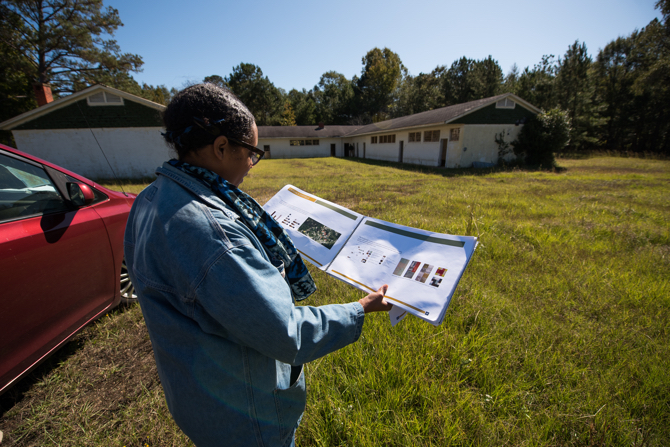
Euneika wanted to steer away from traditional development models focused on growth at all cost. Instead, SURREF encourages its network to develop deeper relationships to soil, community, environment, and to each other.
“I used to think the best way to have an impact within the local economy was by getting a business going by bringing it to market,” she says. “[But] some of what we’re doing today is just being in the business of taking care, and knowing when not to put a dollar sign on something. This in itself is just as important.”
Guided by SURREF, farmers planted regenerative cover crops in order to put carbon back into the soil, to build it up and make it richer and more stable. In Alabama, the team designed and installed solar-powered irrigation systems for farmers in remote places who could not otherwise get water to their crops and livestock.
SURREF also worked to create “destination” towns”—desirable spaces where others would want to visit and thus contribute to the local economy. But more than that, they sought to create places of dignity and pride. They wanted to bring care and restoration to the built—often historic—structures that were already present in a town: schools, churches and cemeteries, farms, and cultural centers. They looked for ways that people could co-create with their environment to generate products and services for nature-based businesses.
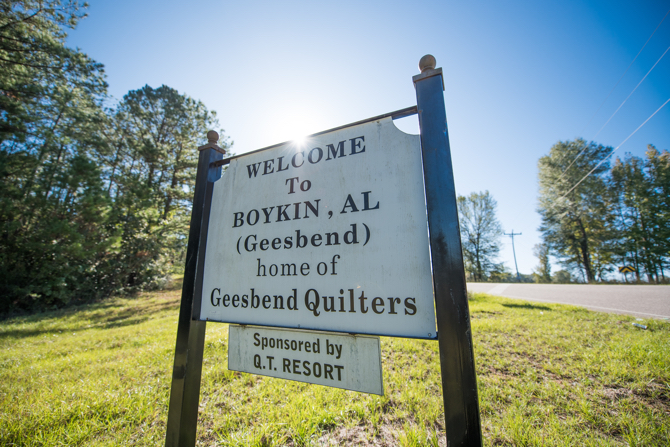
In 2014, Euneika was asked to submit the SURREF design ideas to the Harvard Graduate School of Design Loeb Fellowship program and was accepted the following year. The Fellowship allowed her to engage in a year of concentrated research and independent study. As a result of that time spent deepening her work at Harvard, she has since been translating the non-profit start-up work of SURREF into the for-profit, social enterprise design education studio, Destination Design School of Agricultural Estates. The studio will provide an ecosystem of support and resources for folks like Euneika to strengthen and revitalize their hometown communities.
Looking back over her career now, Euneika can see a pattern that goes back to her childhood days in Reidsville, where she played in nature and basked in her grandmother’s care, when she first knew there was more to her than she could see. The knowing from her roots did rise up, not all at once, but bit by bit, until there it was—a story, an identity, a truth interwoven through every part of her being.
Euneika remembers going home to Reidsville to visit when she was a college student, only to find that many of the buildings she’d loved in her youth were falling apart. “At one point it hit me,” she says, “that I was the one responsible for my home that I cared about.”
The words of her grandmother came back to her: “Everything good we’ve put into y’all, y’all are putting out somewhere else. So if you’re not here to put it back, what do you expect it to be?”
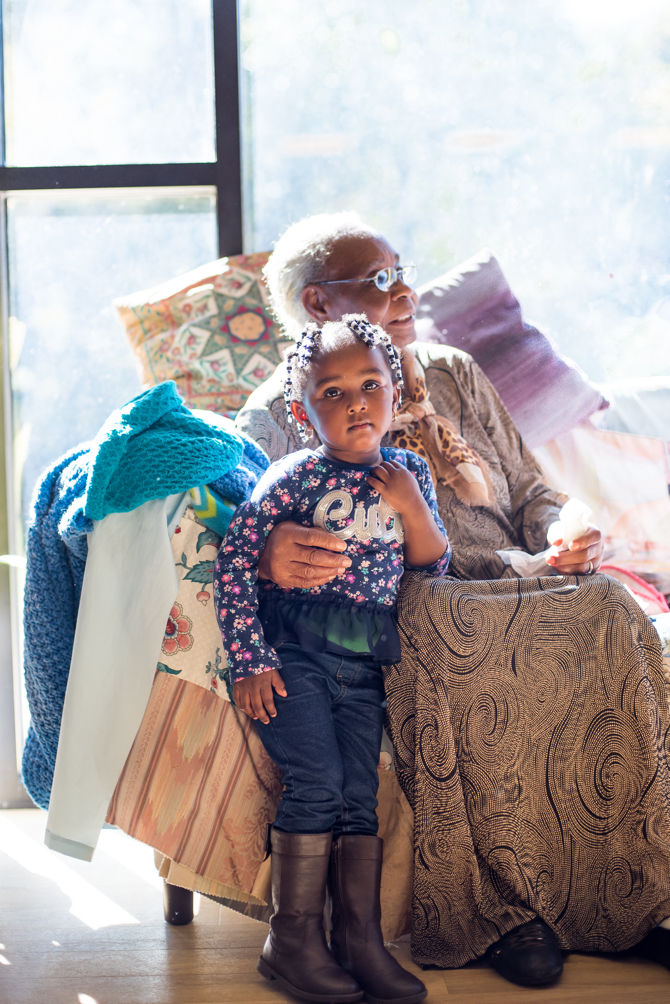
“I really reflected heavily on my experiences of my rural upbringing and our family’s journey of leaving and what it means to ‘return,’” says Euneika. “I knew that whatever I was able to experience that could help my local community—I wanted to have an avenue to do that. I wanted to bring back the new ideas; I wanted the good things that were put into me by my community to also be shown in the community. I wanted my grandmother’s legacy to continue through me there.”
In many ways, the most rewarding part of Euneika’s career has been about making her way back home. She recognized her roots, which are at the core and center of her identity, her community work, and her design practice. Coming home, for Euneika, was also about “letting home be, and being proud of it.” It was about knowing that everything she’d needed came from there, and realizing she didn’t have to leave it, that she could still revel in the beauty and surprise of it all.
“Sometimes you have to go away to know what you’ve got,” says Euneika. “Sometimes you have to learn to see a different story.”
For Euneika, seeing a different story meant becoming increasingly aware of the intelligence, talent, and richness already present within a community, her own and others like it. The meaning in her own story has become more potent as she has collaborated with others to focus on those already-present realities that can bring aliveness and change, on both a personal and communal level.
The African American story in this country has often been told and managed by people who are dismissive or antagonistic toward the cultural contributions of black people. It is a narrative in which the black voice has been marginalized or, in many cases, kept entirely silent, resulting in misrepresented realities.
“We live with an old narrative,” says Euneika, “one of persistent poverty, of the industrialization of agriculture which left black farmers unable to keep up, of lost or stolen land. When does it change? What’s the new narrative?”
The new narrative, she says, includes solutions, not just theories and talk, but actions that actually shift the reality. The new narrative is one of unity and trust. It includes valuing one another beyond racial lines.
“We need examples of people who historically would not work together but now are taking the biggest risks together. That’s the new narrative,” she says.
Her dream is that white people and people of color share the same vision, namely that “the children of the marginalized or oppressed are free.” Free to grow into their realities and futures with no obstruction. Free to have a just and fair life, with clean water and clean air and equitable policies.

Euneika is confident that this is possible. “It’s just been narrated as though it’s impossible,” she says. “There is so much that is embedded in the psyche of the people that makes it feel impossible.”
“It’s really critical,” she continues, “particularly in the context of the African American story in the South—the issue of land ownership and terrorism that black people continue to face today. The simple idea of having your inheritance and enjoying it. To not be threatened and to feel safe—really safe. To not fear for your life. To know your children are okay and that you can thrive, and that whatever you imagine to be the best thing for you and your family can actually be fully realized.”
This changing of the narrative is the emphasis of Euneika’s work.
“I see that as the realization of a promise, and I dream for the actualization of that promise.”
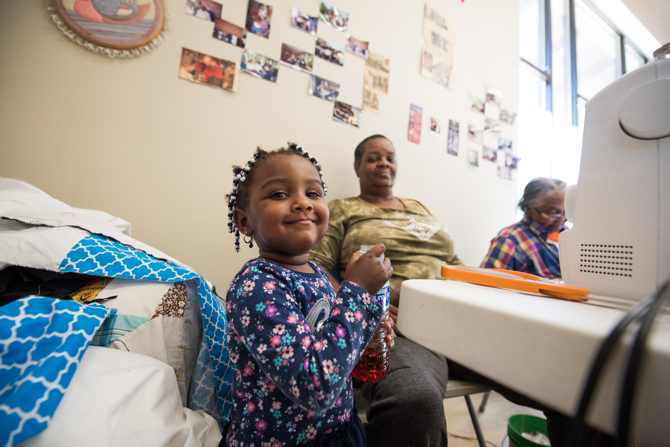
To read more about Euneika, click here and here.
For more information on the history of Black land loss in the south, click here and here.
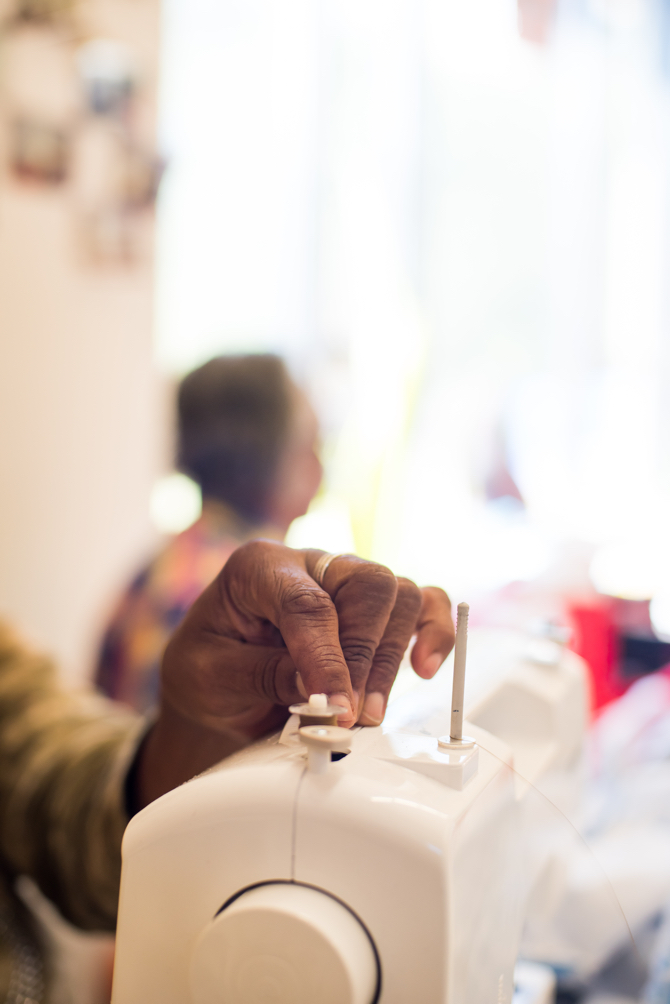

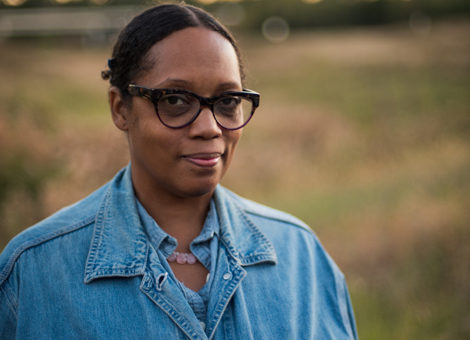

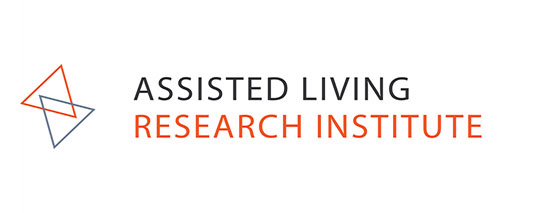



Kate, Sheila, and Drew,
Thank you for this excellent piece! It’s so inspiring to read about this woman and her journey home and the work of art her life has become.
You are all doing great work too.
love, Liz
Thank you, Liz!